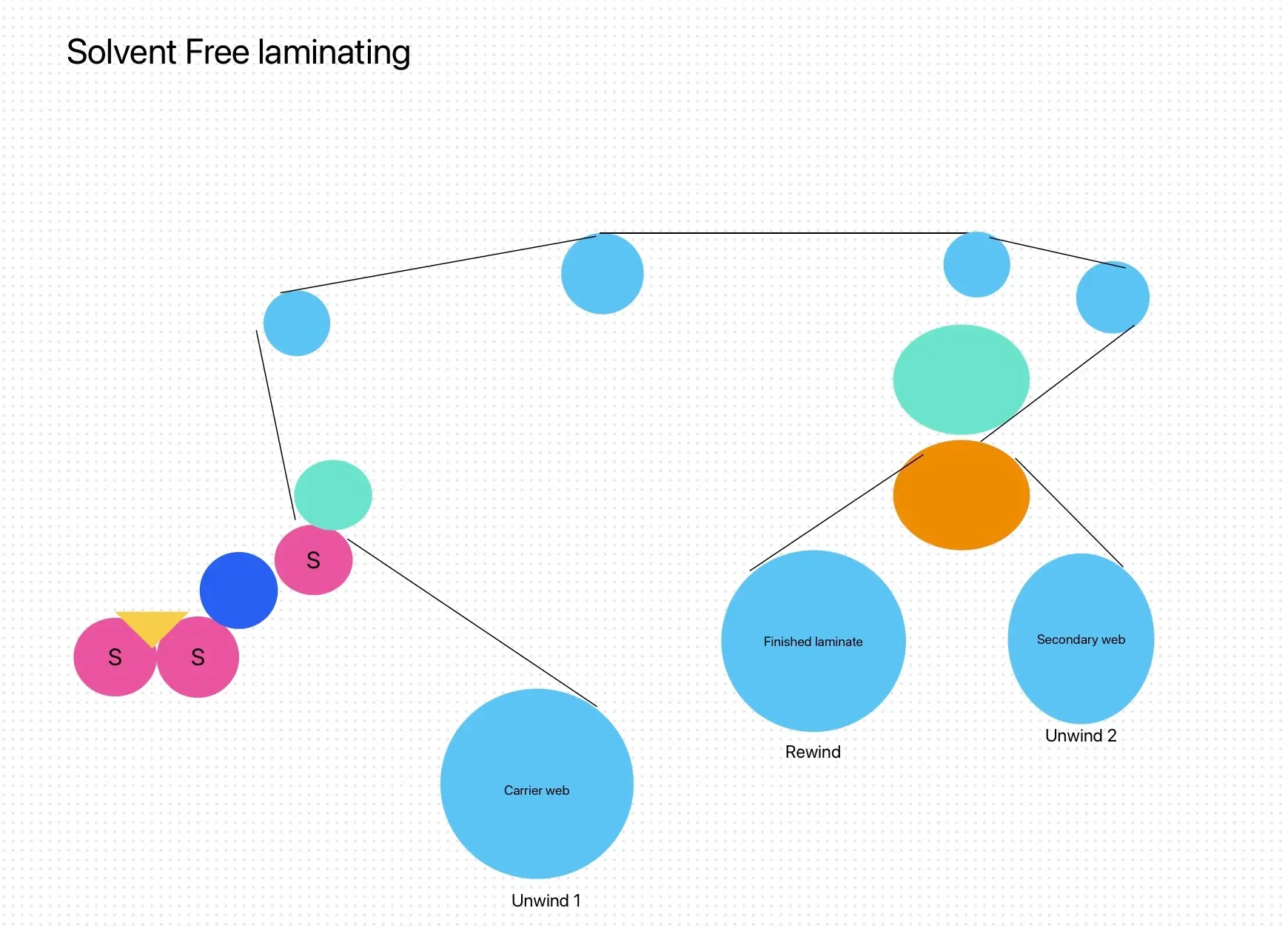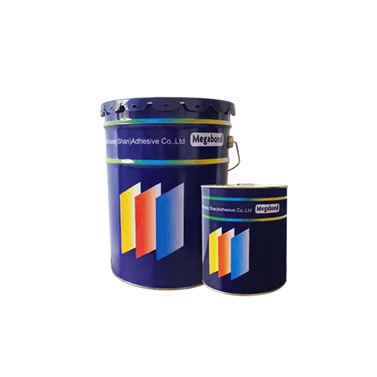When choosing the right adhesive for soft packaging, temperature and humidity are two factors that often get overlooked. Solvent-free adhesives are a popular choice, but environmental conditions play a huge role in how well they perform. In this article, we’ll look at how temperature and humidity affect these adhesives and how you can make sure your packaging is strong and durable.

What Are Solvent-Free Adhesives?
Solvent-free adhesives don’t use harmful solvents like many traditional adhesives. They rely on materials like polyurethane or acrylic to form strong bonds without releasing volatile organic compounds (VOCs). These adhesives are widely used in packaging, especially for soft materials like plastic films, paper, and foils. But, despite their many benefits, they can be sensitive to temperature and humidity.
How Temperature Affects Solvent-Free Adhesives
Temperature can impact the viscosity and curing time of solvent-free adhesives, which directly affects how strong the bond is.
High Temperatures:
- Thinner Adhesive: High temperatures can make the adhesive thinner, which may sound good for easier application. But if it gets too thin, it might spread too easily, leading to a weaker bond.
- Faster Curing: In hot conditions, the adhesive can dry faster, but that doesn’t always help. If it dries too quickly, the bond might not form properly, which can result in a weaker hold.
- Expansion and Contraction: Packaging materials expand and contract with temperature changes. This can put stress on the adhesive, weakening the bond over time.
Low Temperatures:
- Thicker Adhesive: Cold temperatures make the adhesive thicker, which can make it harder to apply and result in uneven bonding.
- Slower Curing: Cold conditions slow down the drying process, which means the adhesive might not fully cure, leaving the bond weak.
- Brittle Bonds: If the adhesive doesn’t cure properly in the cold, it can become brittle and more likely to crack under stress.
How Humidity Affects Solvent-Free Adhesives
Humidity can also affect how well solvent-free adhesives bond, especially during the curing process.
High Humidity:
- Moisture Absorption: High humidity can cause the laminating adhesive to absorb moisture, which interferes with curing and weakens the bond.
- Weaker Bonds: Excess moisture makes the adhesive softer and less reliable, potentially causing the bond to fail over time.
- Delamination: In extreme humidity, the adhesive can separate from the packaging material, which leads to poor packaging performance.
Low Humidity:
- Faster Curing: Low humidity speeds up curing, which may sound good, but it can lead to a brittle bond that’s not flexible enough for soft packaging.
- Increased Brittleness: Curing too quickly in dry conditions can make the adhesive too rigid, leading to cracks and bond failure, especially in flexible packaging.
How to Optimize Solvent-Free Adhesive Performance
Understanding how temperature and humidity affect solvent-free adhesives is only part of the equation. Here’s how you can improve their performance in your production process.
Control the Environment:
For the best results, apply solvent-free adhesives in an environment with controlled temperature and humidity. Aim for temperatures between 18°C and 25°C (64°F to 77°F) and humidity levels between 40% and 60%. This helps the adhesive perform consistently.
Adjust the Adhesive Formula:
If your production environment has extreme temperature or humidity swings, you can adjust the adhesive formulation. Adding stabilizers can make the adhesive more adaptable to these changes. Some adhesives are also specially designed to handle high humidity or temperature environments, so it’s important to pick the right one for your needs.
Test Before Production:
Before going into full production, test the adhesive under different temperature and humidity conditions. This will help you spot any potential issues and make adjustments before the final product.
Why Solvent-Free Adhesives Are a Smart Choice
Solvent-free adhesives are an eco-friendly and efficient solution for soft packaging. However, temperature and humidity need to be carefully controlled to ensure they perform at their best. By managing the environment, choosing the right adhesive, and testing thoroughly, you can create packaging that’s strong, durable, and meets the demands of your customers.
As one of the leading industrial laminating adhesive manufacturers in the domestic high-performance polyurethane adhesive industry and the preferred brand for users, Megabond is committed to providing customers with the highest quality products and services, aiding the development of the soft packaging industry.
Optimizing these factors will improve bond strength and flexibility, ensuring your packaging performs well, whether it’s for food, medical products, or consumer goods. Keep these considerations in mind, and you’ll get the most out of your solvent-free adhesives.




